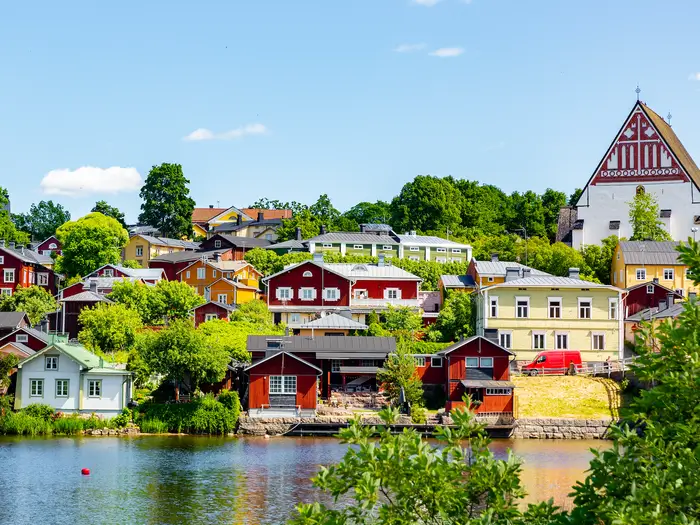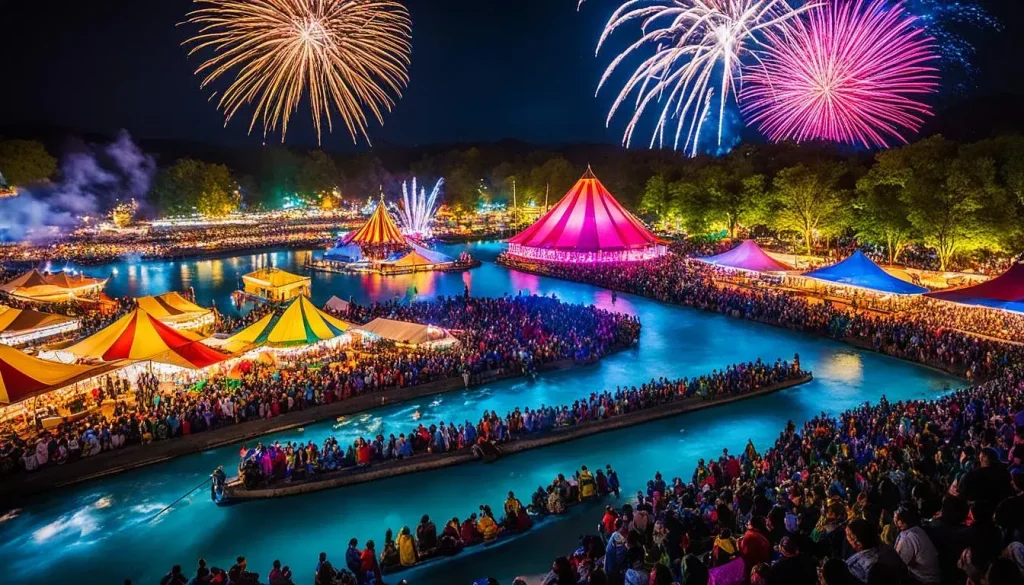Finnish people are known for being humble, especially when it comes to bragging about their country. However, Finland is a remarkably diverse country and has many beautiful things to offer. From vibrant cities with a buzzing nightlife to tranquil villages that serve the best local delicacies. From pristine forests and lakes to hikes in the tundra and rafting through wild rivers – be it adventure or calmness that you’re looking for, you will find it in Finland.

The area now known as Finland was inhabited after the latest ice age, some 11,000 years ago. The people were hunters and gatherers until 3,200 when the agricultural era started. However, hunting and fishing remained the most important ways to live especially in the eastern and northern parts. The early Finns used to believe in pagan religions, that varied across villages. In the middle ages, Christianity reached the north. The Catholic church’s mission was to convert the pagan tribes to Christianity. The eastern Orthodox Novgorod embraced a peaceful approach, but the western emerging kingdoms of Sweden and Denmark took a more offensive stance and tried to conquer and Christianise Finland in what would be the Nordic equivalent of crusades.
Sweden began the colonization of the Finnish west coast, an area which is still today partly Swedish speaking. There were many conflicts between the Finns and the conquerors coming from both east and west. The Tavastians of mid-southern Finland fought against the Swedes, and still long after the 13thcentury, tribal people of Karelia and Lapland were attacking the Christians of the Swedish kingdom and the Orthodox’ of the east. While Finland became more or less part of Sweden in the 13th century, the term Österland, Eastland, was used to describe the area. It was not until the 15thcentury that Österland was replaced with the name Suomi or Finland.
During the 13th century, the bishopric city of Turku was established, along with its famous cathedral. Finland was reigned over from the fortresses of Turku, Hämeenlinna, and Viipuri. Finland was also a destination for Vikings from Scandinavia. The fortresses played an important role in defending the coast. The Swedish church was reformed under king Gustav Vasa. Following the policies of the reformation, Mikael Agricola, the bishop of Turku, published his translation of the New Testament in Finnish in 1591. A year earlier, Gustav Vasa had established the current capital Helsinki under the name Helsingfors. However, it remained a mere fishing village for over two centuries. In 1640 the Academy of Åbo, the first university in Finland, was established in Turku by the Swedish queen Christina. After the Great Fire of Turku in 1827, the university was moved to Helsinki. After Finland gained its independence in 1917, the name was changed to University of Helsinki.

In 2017, we celebrated the 100-year old Finland. Since gaining independence, Finland has come a long way. Today Finland has one of the highest living standards in the world, free high-quality healthcare, and the best education system. We continuously rank at the top of transparency, sustainability, innovation, clean and green nature, as well as, equality. Finland has an extremely eventful history and a rich culture. We also have a vision for the future – to make Finland the most progressive welfare country in the world.
Of Finland’s total area of 390,905 km2, 303,891 km2 is land, 34,544km2 is sweet water, and 52,470km2 is sea. The ground is rising from the sea, and the land area grows approximately 7km2 every year. Cities add up to around five percent of the land, while cultivated land takes up 10%. The forests cover some 77% of the land, while the rest is used for other purposes.
The highest places in Finland are the mountains in the north. The south and the area of Ostrobothnia on the west coast are flat, while the middle of the country and the east border have hills. Finland is known as the Land of thousand lakes, and not without reason- there are some 190,000 lakes in the country. The largest lake, Saimaa, is the fourth biggest in the whole Europe. There is also plenty of rivers connecting the lakes and flowing to the Baltic sea. Finland has remarkable archipelago. The Turku archipelago and the Kvarken archipelago are both fighting for the title of the most beautiful archipelago in the world!
If you are a degree student in Finland it is advisable to open a Finnish bank account. Foreign citizens need to show valid documents. Please be prepared with these documents and information:
Finland has a variety of phone and internet services available, the most used ones today are mobile phones, and internet, however, a few fixed (landline) phones can still be found.
Apply Finlandia Educational Hub Oy empowers students to achieve their professional goals by providing access to world-class education and international career opportunities. We connect students from across the globe with Finland’s renowned education system through our streamlined Pathway program and expedited application process.We are committed to offering top-notch customer service and comprehensive support throughout the entire journey—from admissions and residence permit applications to navigating their studies abroad
Copyright © 2024 ApplyFinlandia by DeltaDev. All Rights Reserved.
